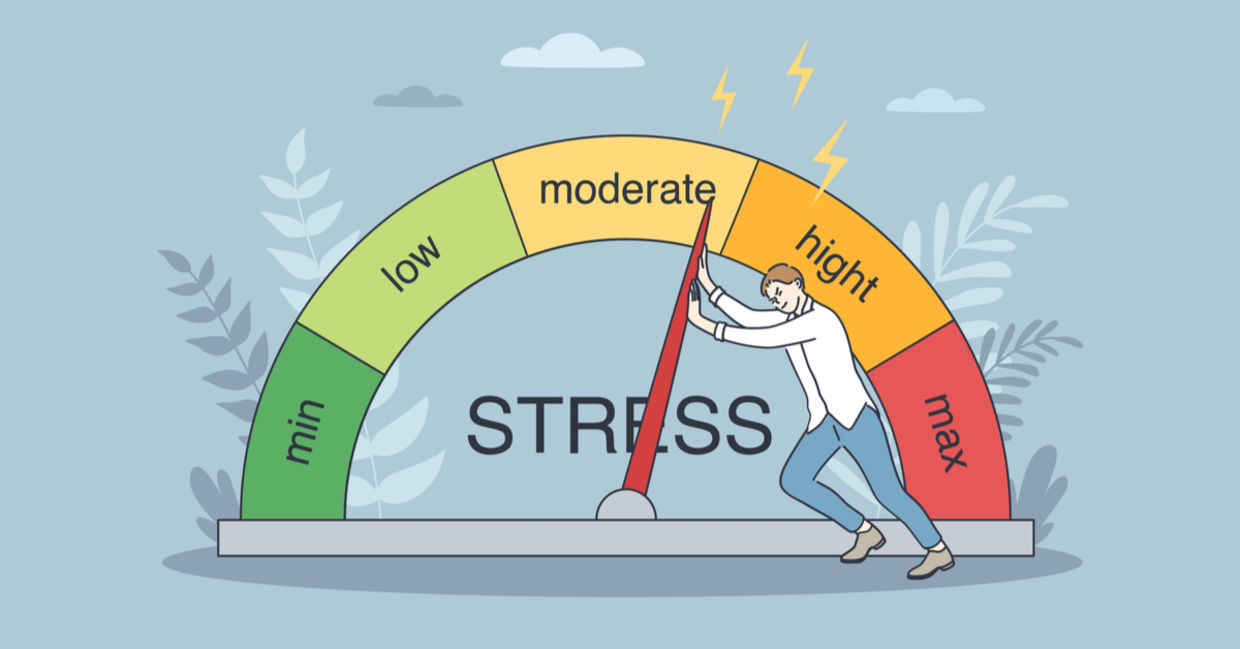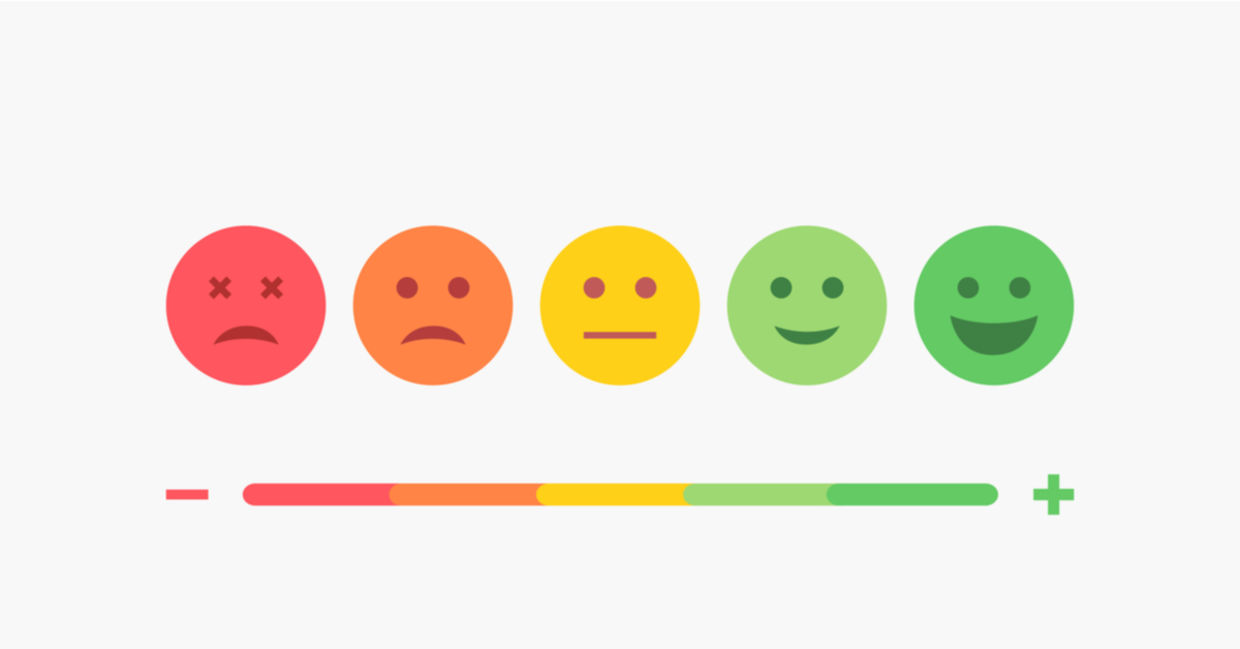
(zeljkodan / Shutterstock.com)
Love, anger, fear, excitement, happiness, anxiousness, pride - the range of human emotions is nuanced and ever growing. But what is it that causes us to feel one way or another? How do feelings manifest themselves and what can we learn about this? Science is on hand to answer some of these complex questions - and perhaps help us be more in tune with our feelings.
1. BAD FEELINGS ARE GOOD FOR YOUR WELL BEING
Experiencing negative emotions such as fear and anger is important for mental health and helps us evaluate our experiences in a positive way. Someone who only experiences positive emotions runs the risk of becoming complacent and ignoring the issues that really matter. Negative emotions are perfectly natural and it’s important not to suppress them. It’s all about balance!

(VectorMine / Shutterstock.com)
2. WHEN IT COMES TO LOVE, IT'S ALL ABOUT THE CHEMISTRY
Love has a lot more to do with chemistry than you might think. Those feelings of getting butterflies in your stomach or sweaty palms when you are attracted to someone actually have scientific explanations. Certain chemicals such as dopamine and endorphins are released and these have a big influence in the relationships that we choose.

(KENG MERRY paper art / Shutterstock.com)
3. EMOTIONS ARE IN FACT PHYSICAL
As well as being a psychological phenomenon, emotions are also felt outside of the brain in the rest of the body, according to a study by a team of scientists from Finland. Certain parts of the body, especially the upper half, are heavily stimulated during emotions such as love, happiness and pride, whereas depression and sadness are linked to numbness.

(Vectorium / Shutterstock.com)
4. EMOTIONS ARE CONTAGIOUS
Research has proven time and time again that people unconsciously mimic the emotional expressions of those around them. Whether being "infected" with a smile or picking up positive energy online, us humans just can't help ourselves from "catching" emotions from other people.

(Antonio Guillem / Shutterstock.com)
5. FORCING A SMILE CAN MAKE YOU HAPPY
If you adjust your facial expression to reflect a certain emotion, you will actually begin to feel that emotion, studies have found. When you are happy you smile, right? But it works the other way, too. If you want to make yourself happy, all you have to do is force your face into a smile for around 30 seconds and you will instantly feel happier. It's that simple.

(Sasin Paraksa / Shutterstock.com)
6. THE WAY YOU FEEL IS ALWAYS WRITTEN ON YOUR FACE
When a person experiences a strong emotion but tries to conceal their feelings, they let out a microexpression - a brief involuntary expression of emotion. Microexpressions occur so fast that they are often not seen in real time, but when recorded and analyzed in slow motion they can provide a fascinating insight into a person's true emotional state

(R.Bordo / Shutterstock.com)
7. COLORS INFLUENCE HOW YOU FEEL
Different colors can stir up certain emotions because of what we associate with these hues from nature. For example, blue is a very calming color and enhances relaxation because it's associated with the ocean, whereas yellow is considered a joyous, vibrant color due to its connection to the sun.

(popovartem.com / Shutterstock.com)







